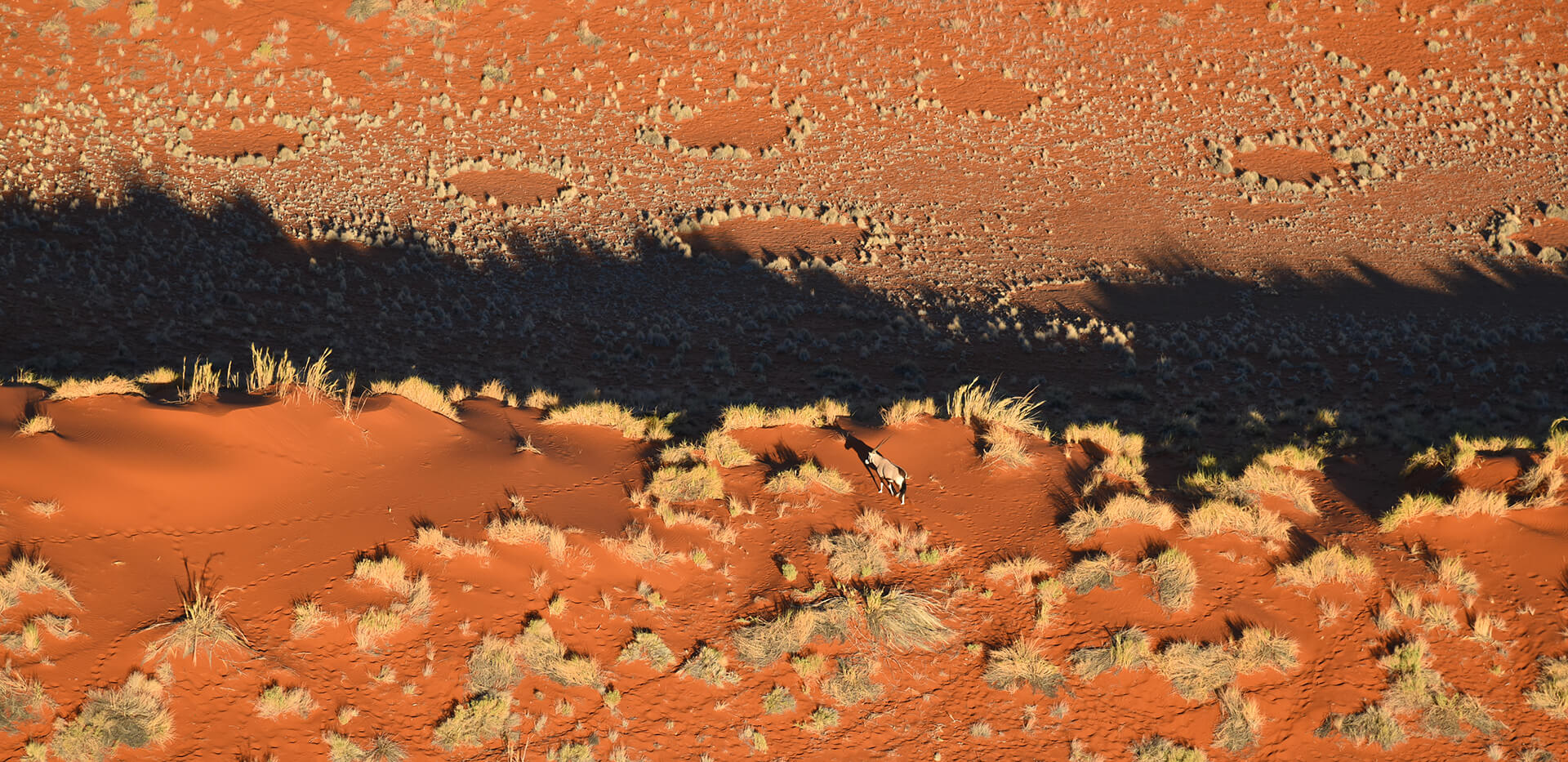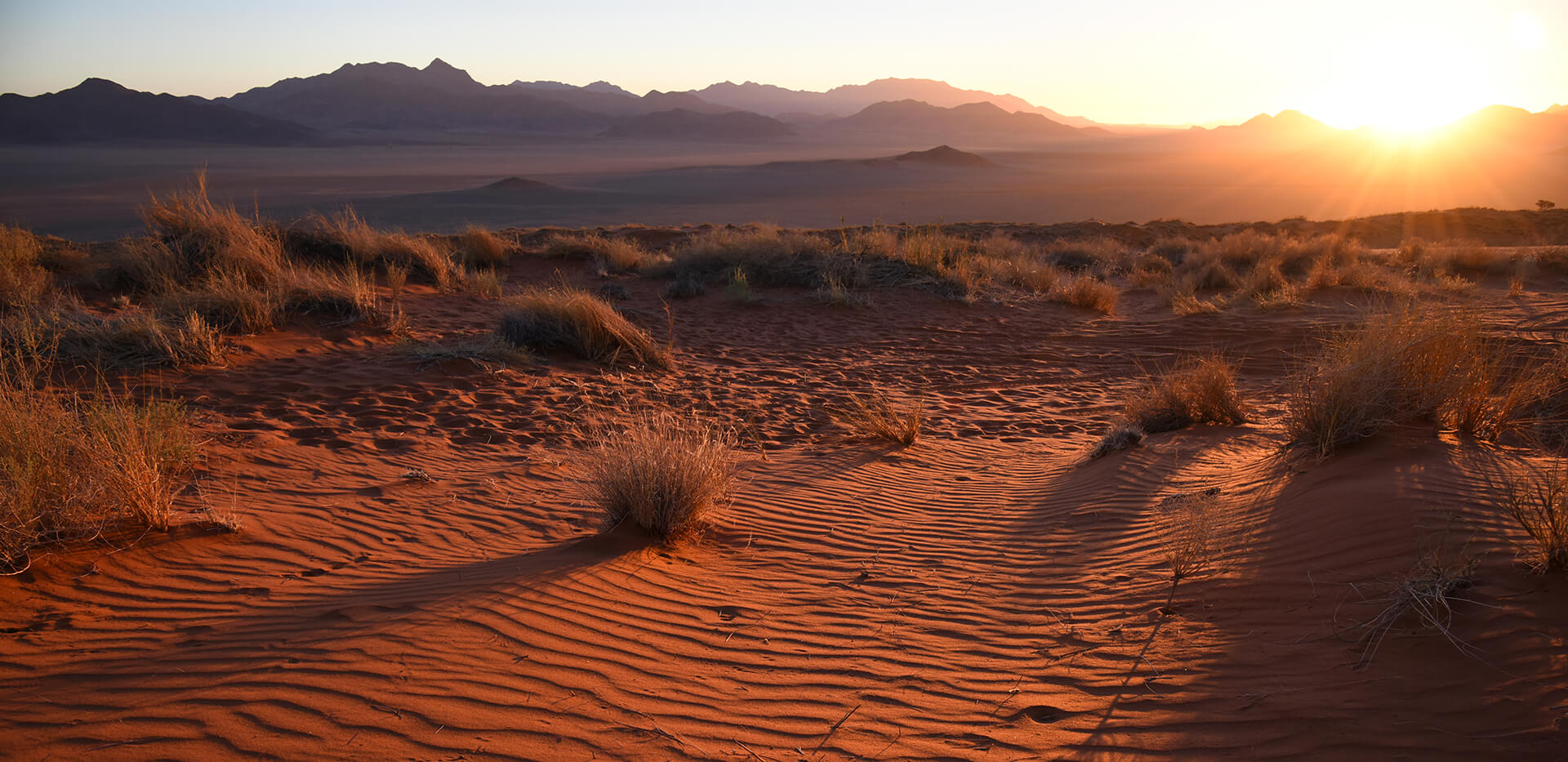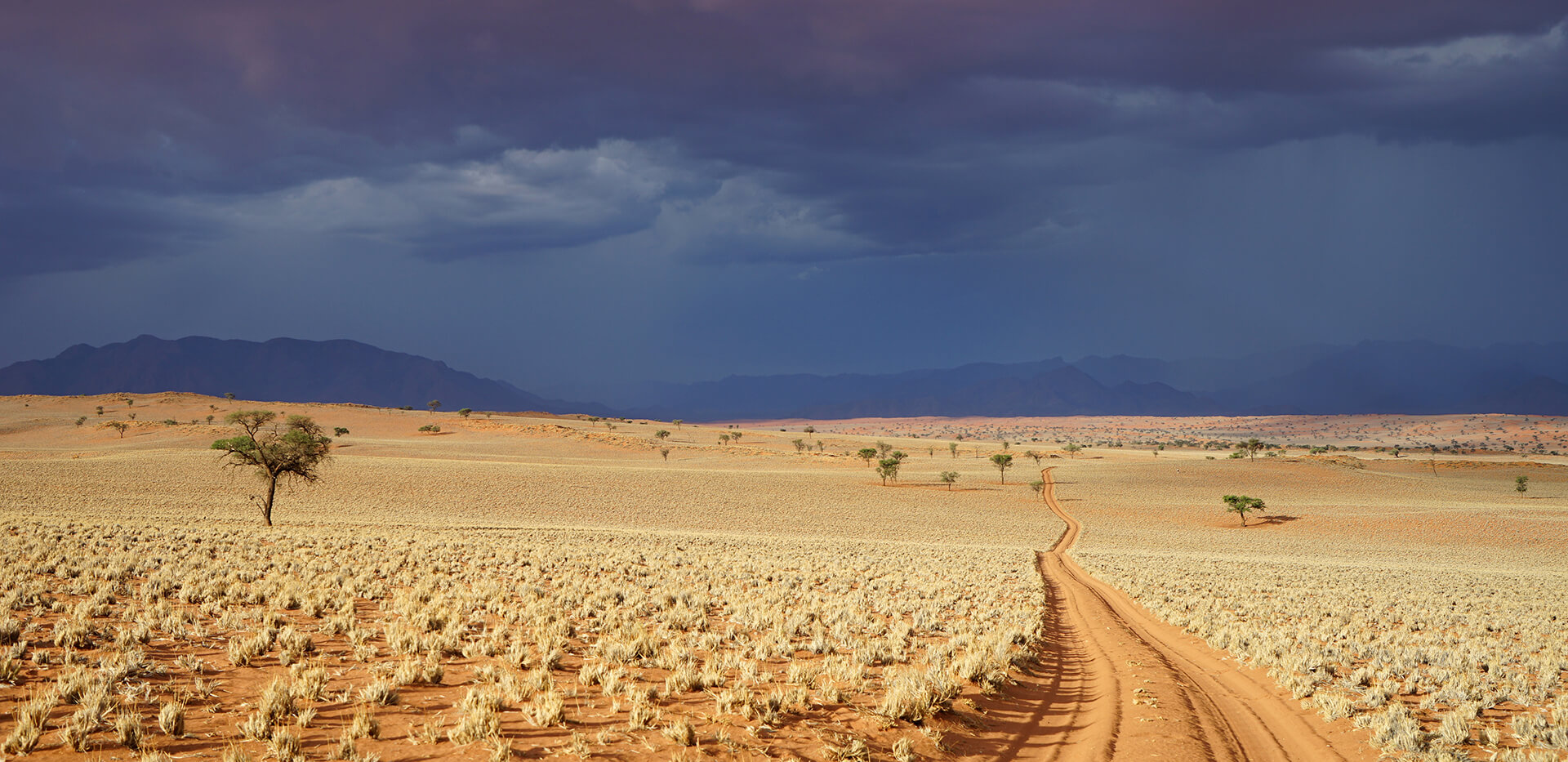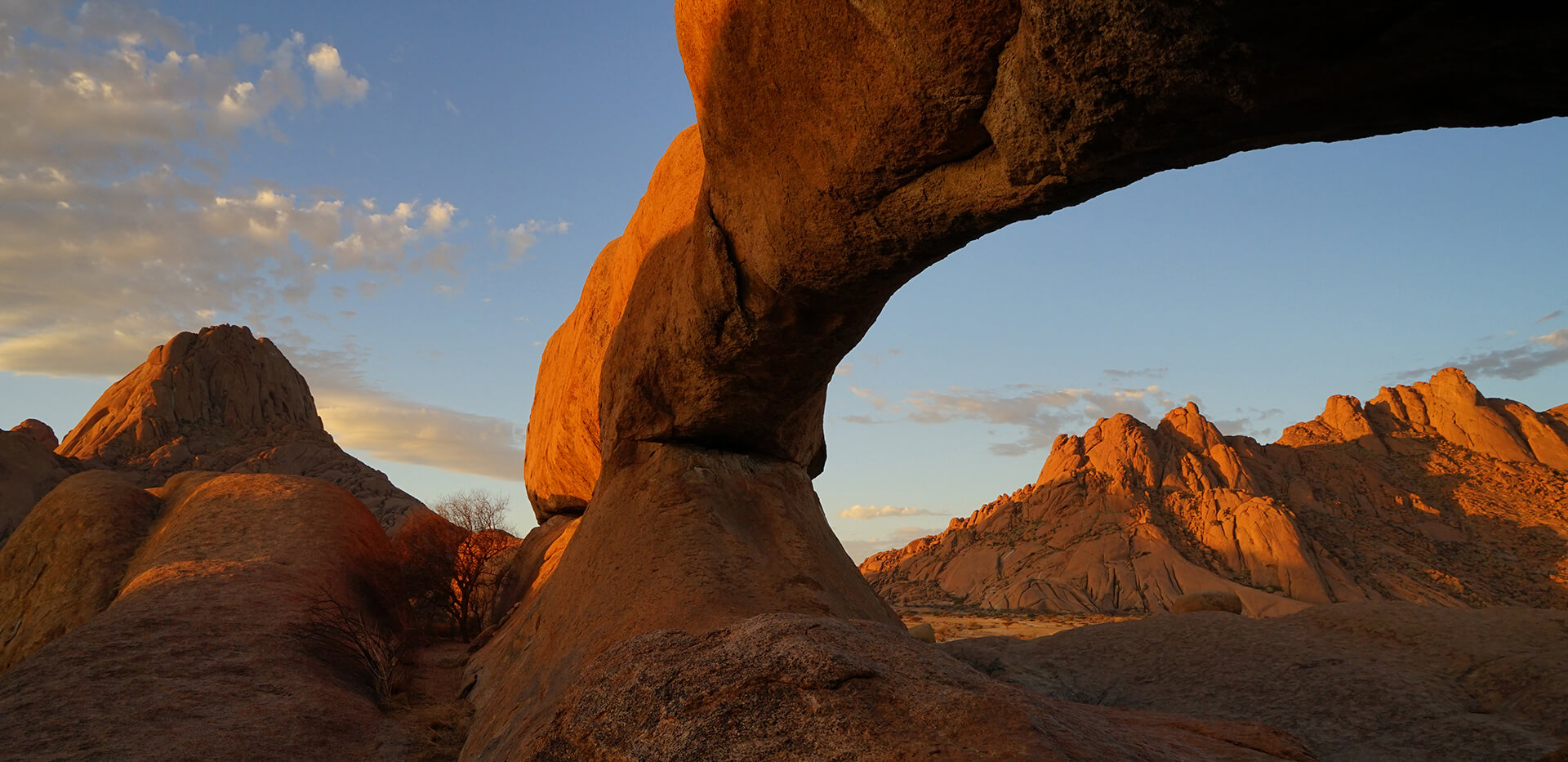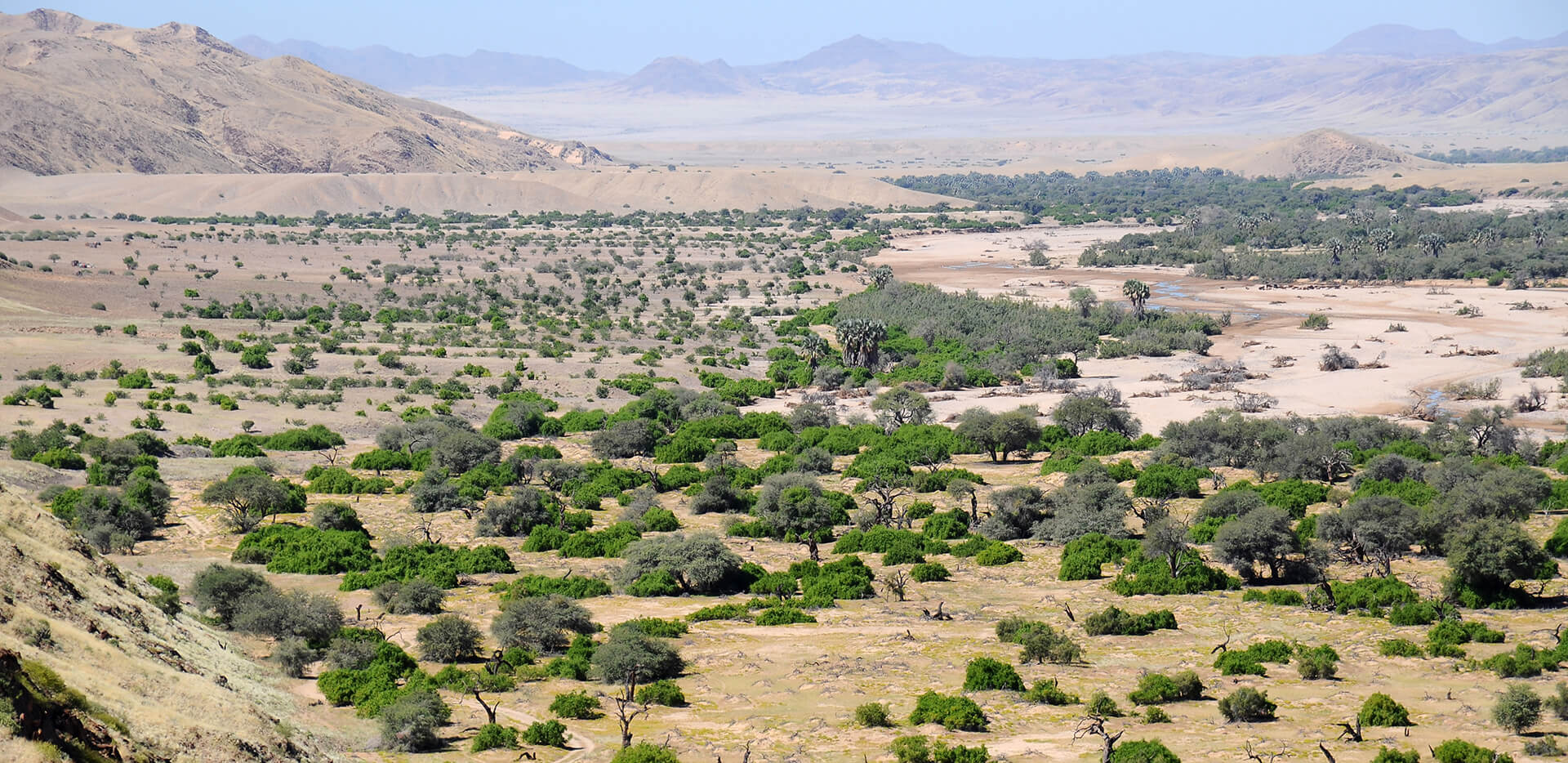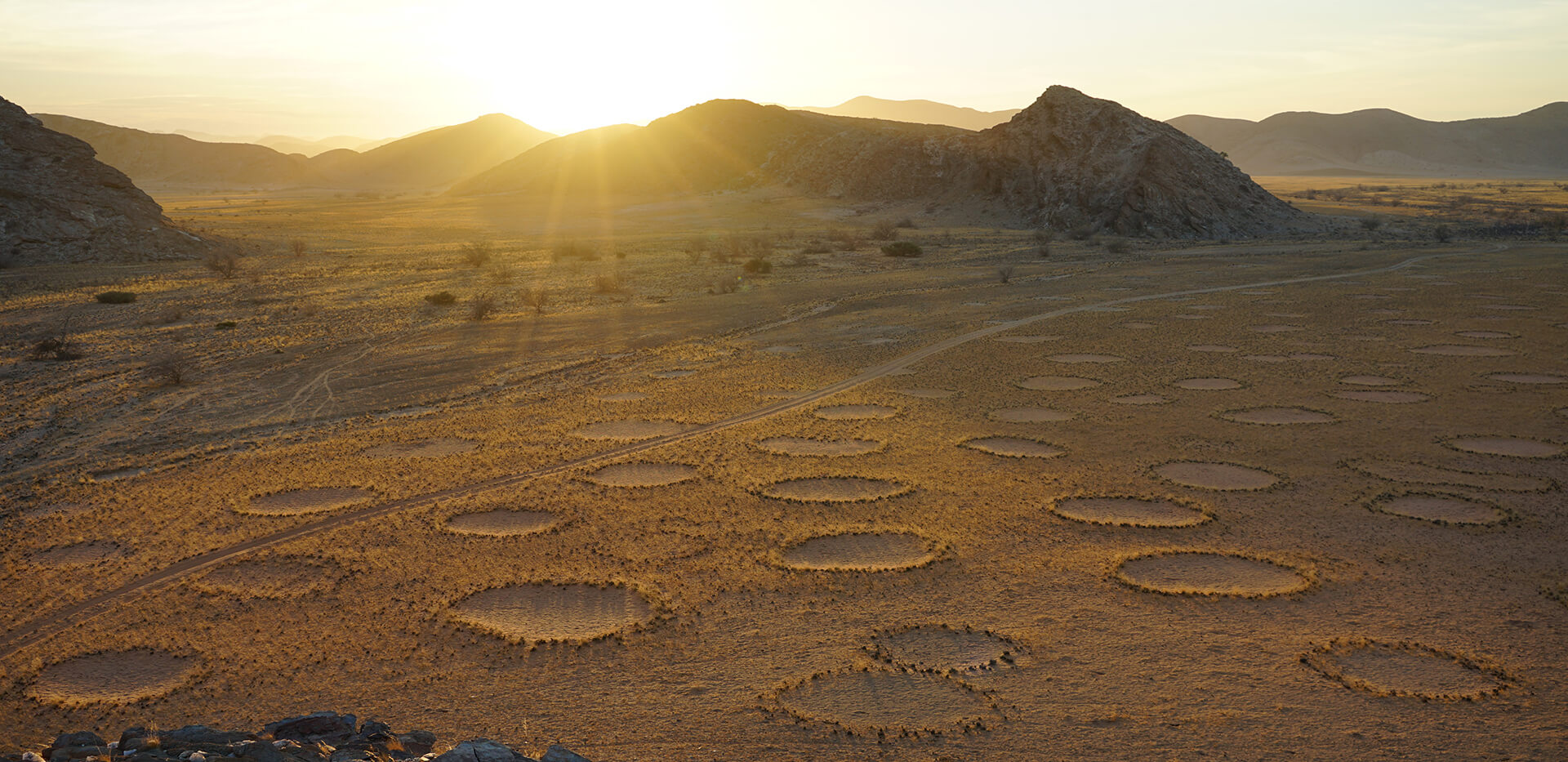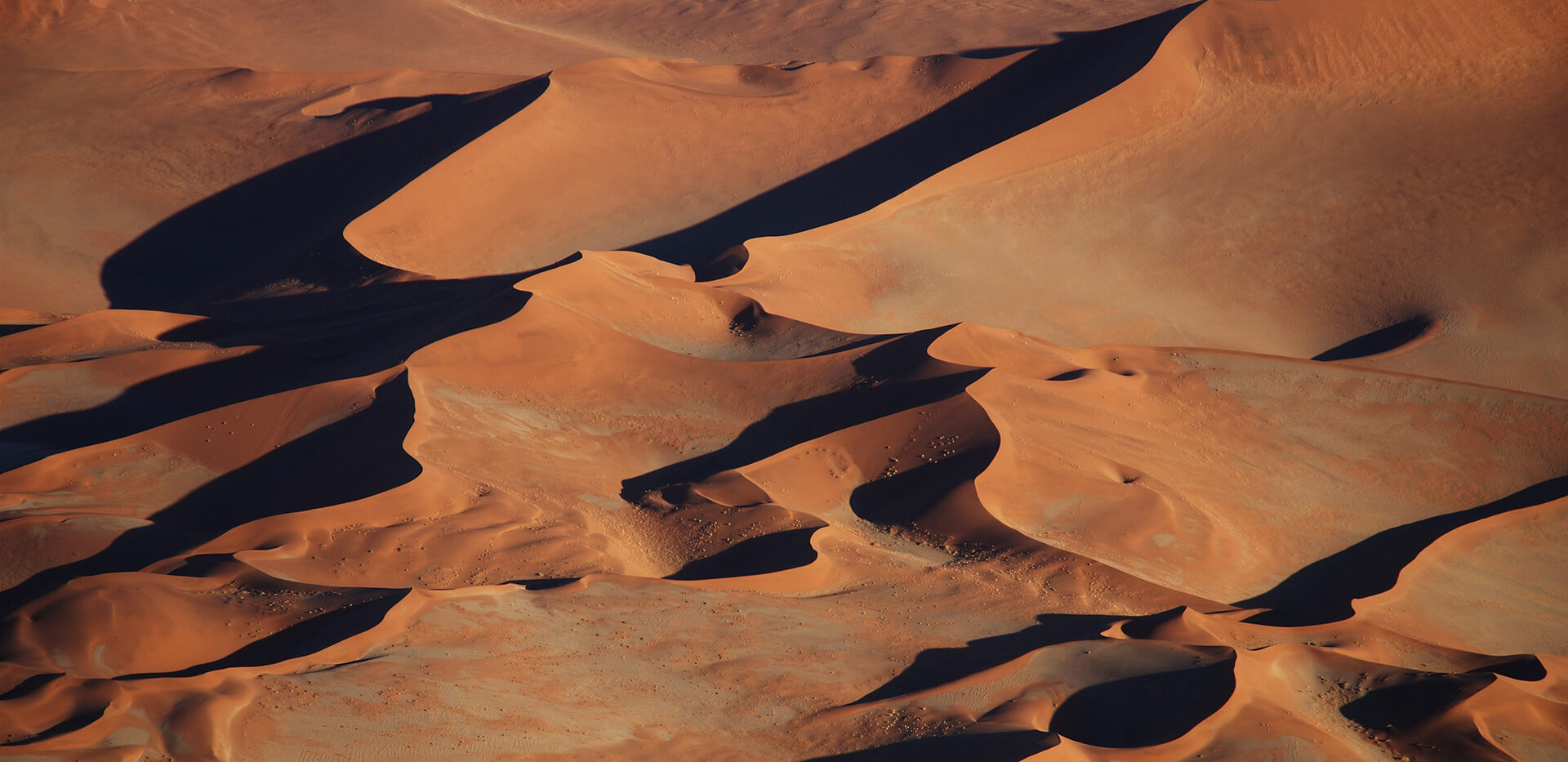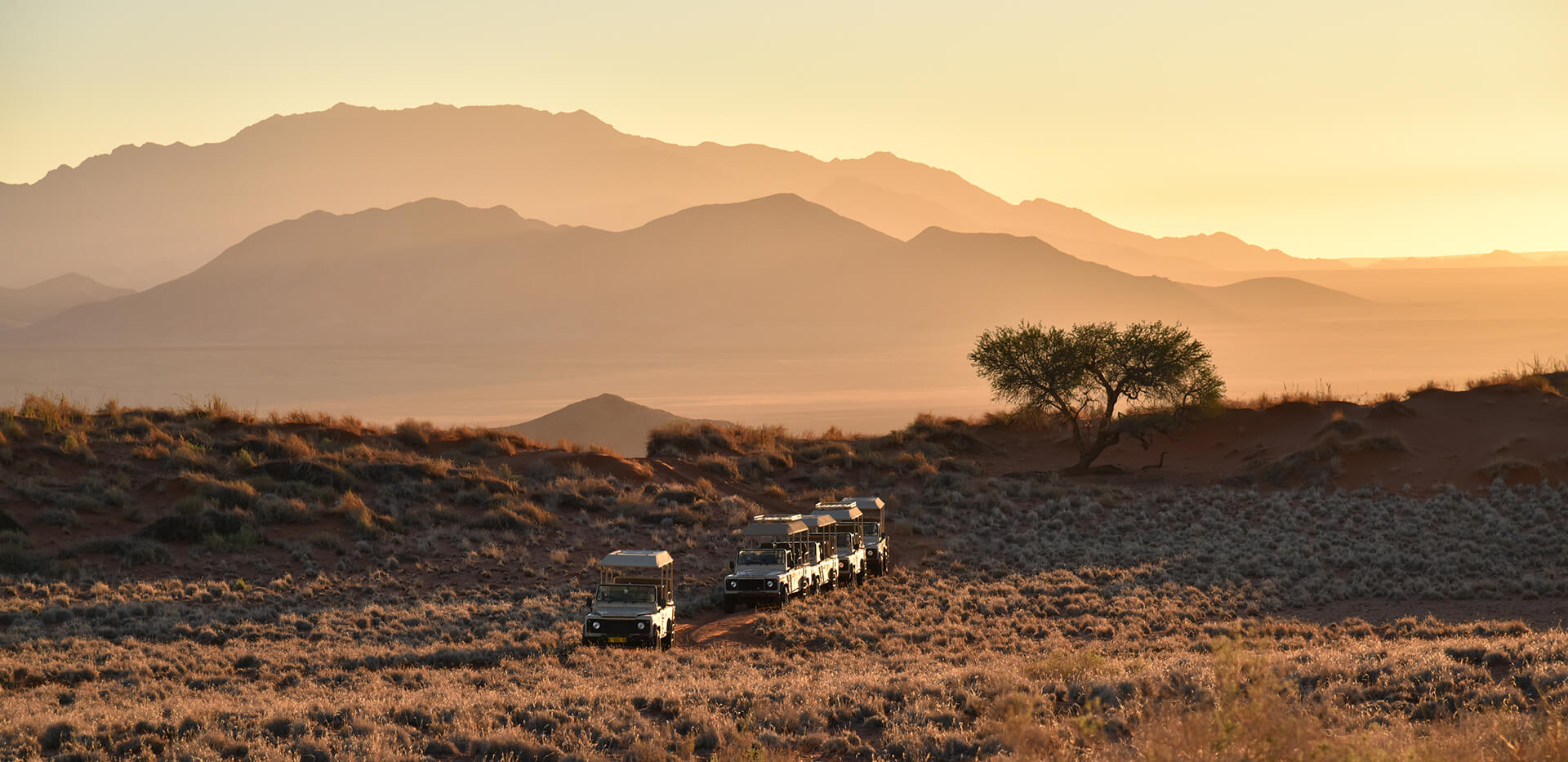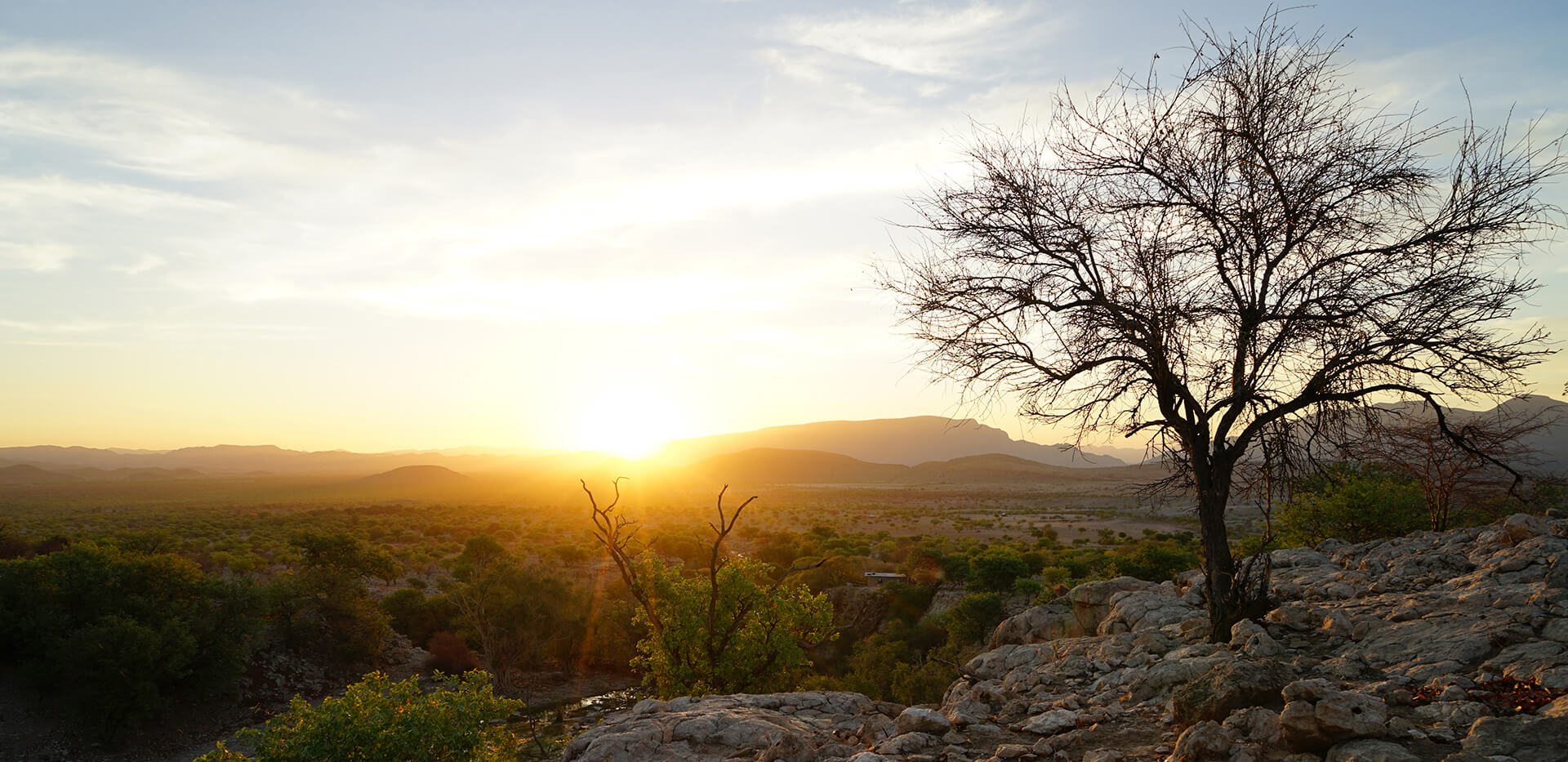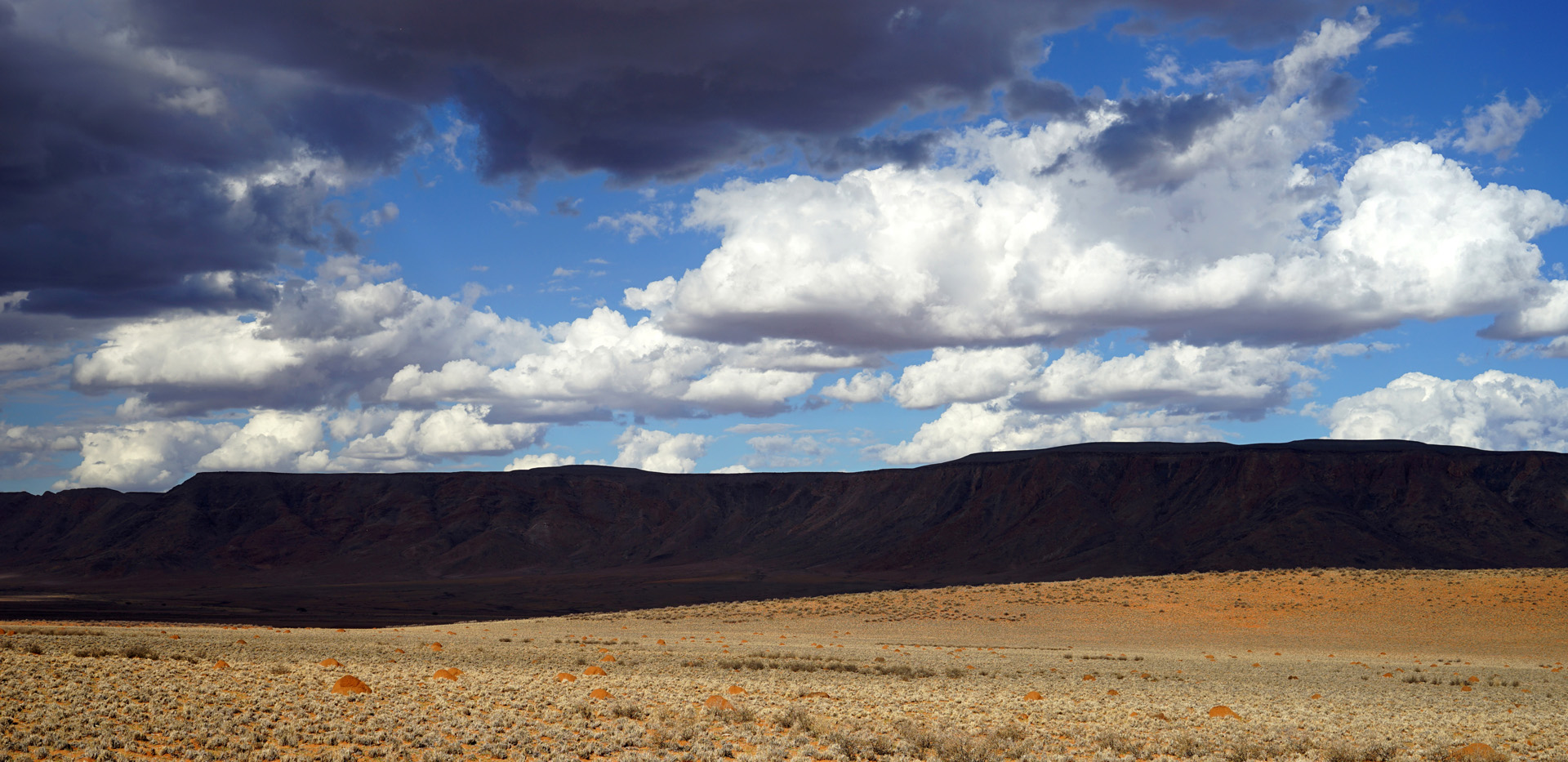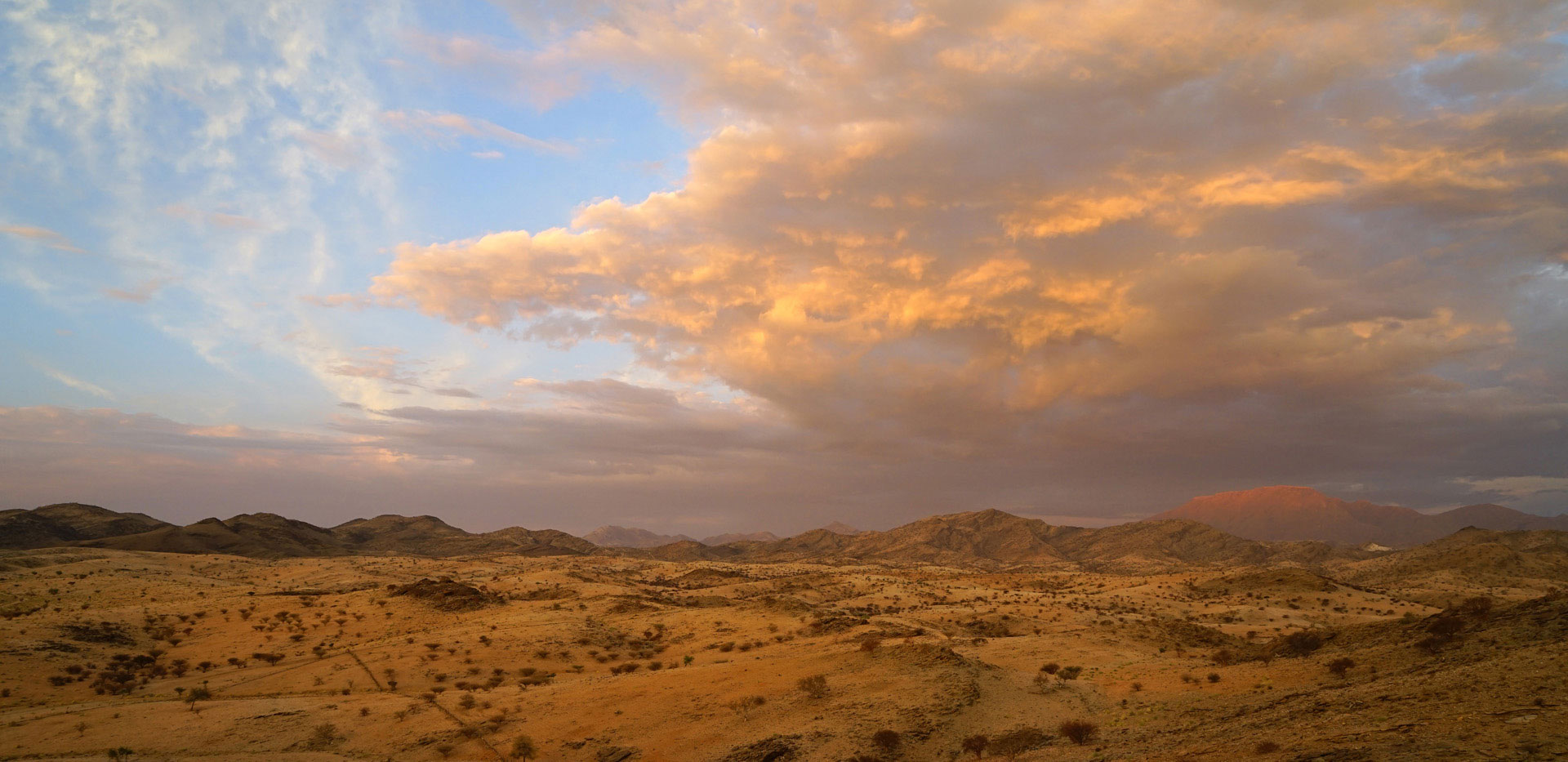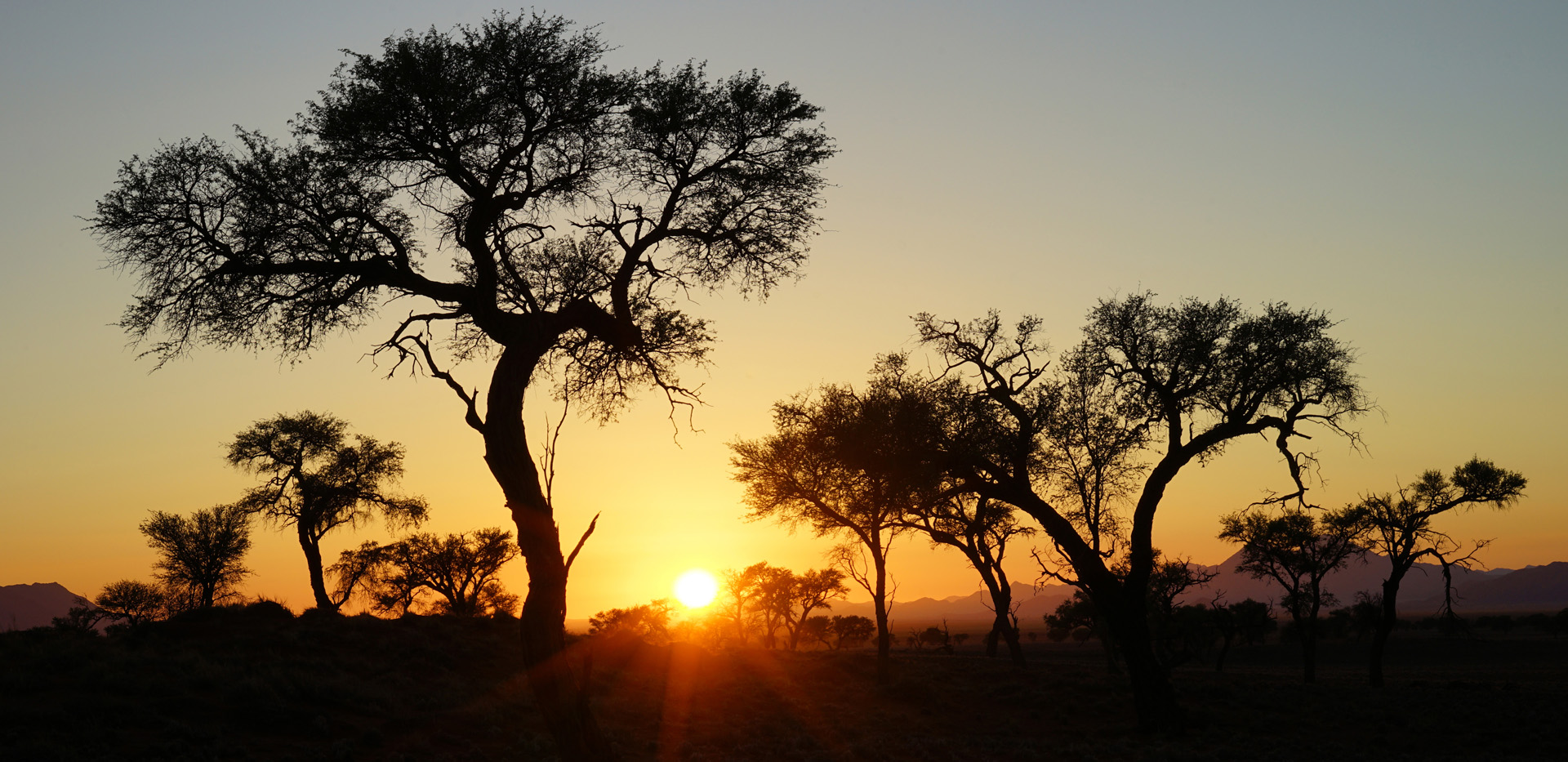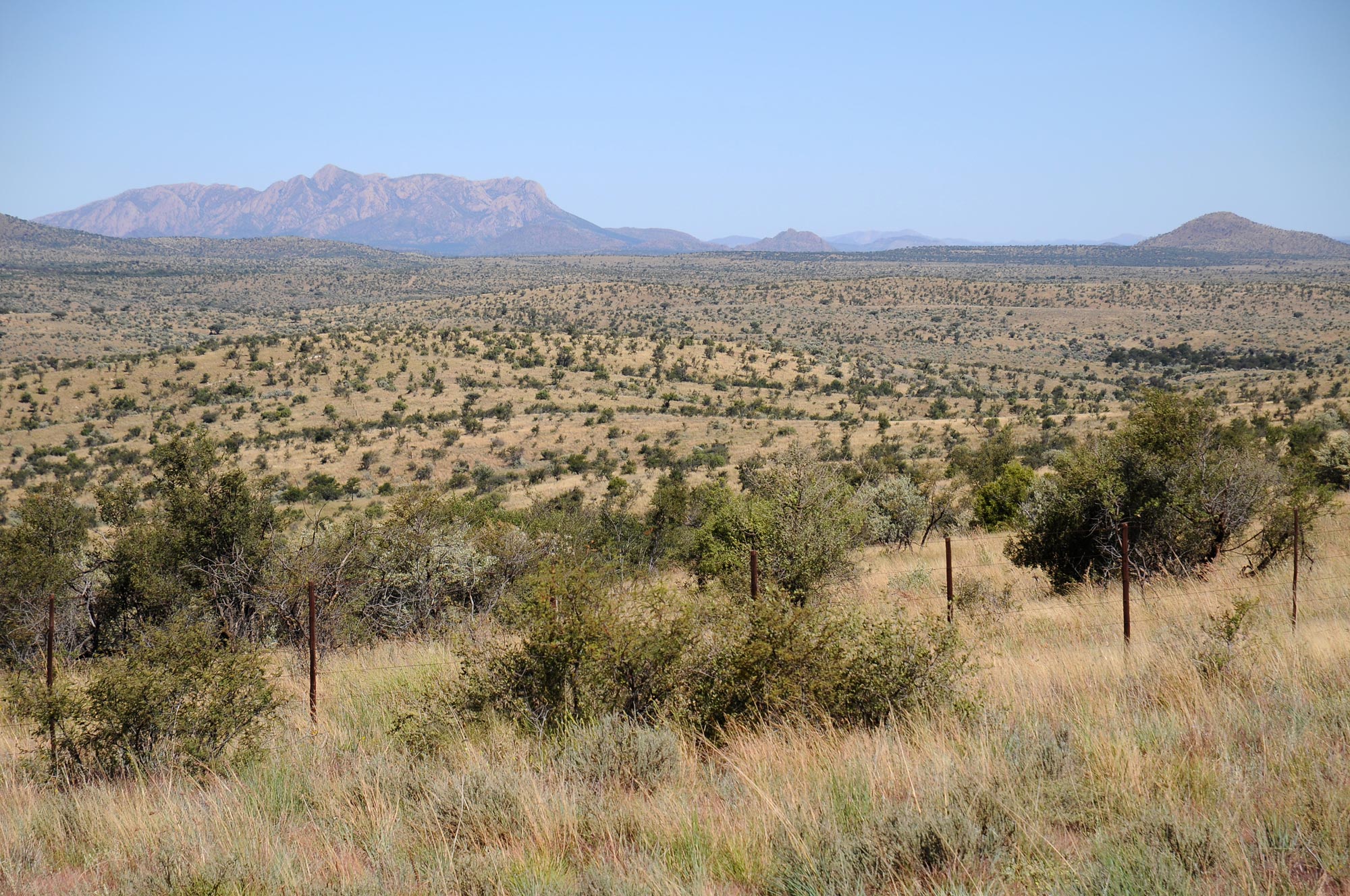Did you know...
…that savannas with their park-like tree landscapes are a natural enigma?
Savannas are typical for Africa and thus for large parts of Namibia, too. The unique feature of a savanna is the coexistence of a continuous layer with grasses and a discontinuous tree layer. That is quite unusual since only one of the two vegetation layers dominates in most eco-regions of the world. Dense forest but not grasses dominates in tropical rainforests, Asia’s taiga or in the deciduous and coniferous forests of central Europe. Grasses but not trees dominate in the temperate grasslands of the North American prairie, in the Argentinian pampas or in the Mongolian steppe. Why then do both, grasses and trees, coexist together in Africa’s savannas without having one vegetation layer outcompeting the other? This is since many decades an enigma and latest since the beginning of the 1980s, scientists do have an intense debate about this topic until today.
Interestingly, this debate commenced already in the 1930s – namely in no other country than Namibia, the former South-West Africa. During that time the German ecologist Prof. Heinrich Walter was often in the country and there he formulated the so-called two-layer hypothesis. This hypothesis argues that the grasses would primarily rely on water that is found in the topsoil while the trees with their longer roots use up water chiefly in the subsoil layer – hence both vegetation types are not directly competing with each other because they occupy different niches. Namibia with its strongly increasing mean annual precipitation (MAP) from less than 50 mm on the west coast to more than 600 mm in the north-east of the country is ideal to study the effect of available water on the vegetation layers. Heinrich Walter claimed that from 100 mm up to 250 mm MAP the grasses would largely dominate because the scarce rainfall water would not reach deeper layers of the subsoil which could be utilized by trees. However, some individual trees can utilize deep permanent layers of water. A prime example of this is the camel thorn tree, which is so typical for Namibia and whose roots can reach over 60 m deep. With increasing rainfall towards 500 mm MAP, the grasses are still functionally dominant but they now have to tolerate also more trees. However, from more than 500 mm MAP onwards, the trees start to dominate and now it’s the grasses that are merely tolerated by the trees. Indeed, Namibia is highly suitable to perceive how increasing annual rainfall does effect the tree layer, for example, if you drive towards the Caprivi in the north-east. The more you approach the Caprivi, the more does tree height and density increase.
In 2013 we investigated Walter’s two-layer hypothesis by extensively reviewing all published research results on the topic. Indeed, most studies on rooting depths of grasses and trees in the world-wide savannas found that both vegetation layers do largely not compete with each other which explains their coexistence. However, savannas are very diverse – they can be strongly affected by grazing or soil type and above 600 mm MAP, fire has a growing importance for the tree-grass coexistence. Hence, in many situations one still tries to better understand the savanna enigma, especially if the goal is to prevent strong bush encroachment which lowers the value of grazing pasture.
Welcome to NAMIBIA-ECO-TOURS. Due to my studies in Namibia and interest in dryland ecology, I have known this exceptionally beautiful country for more than 20 years now. I invite you to an exclusive tour through Namibia.
